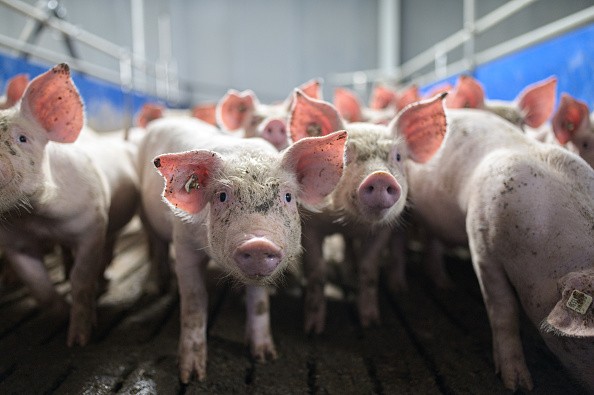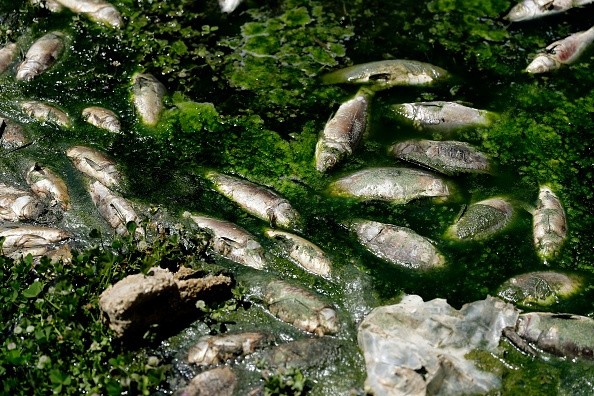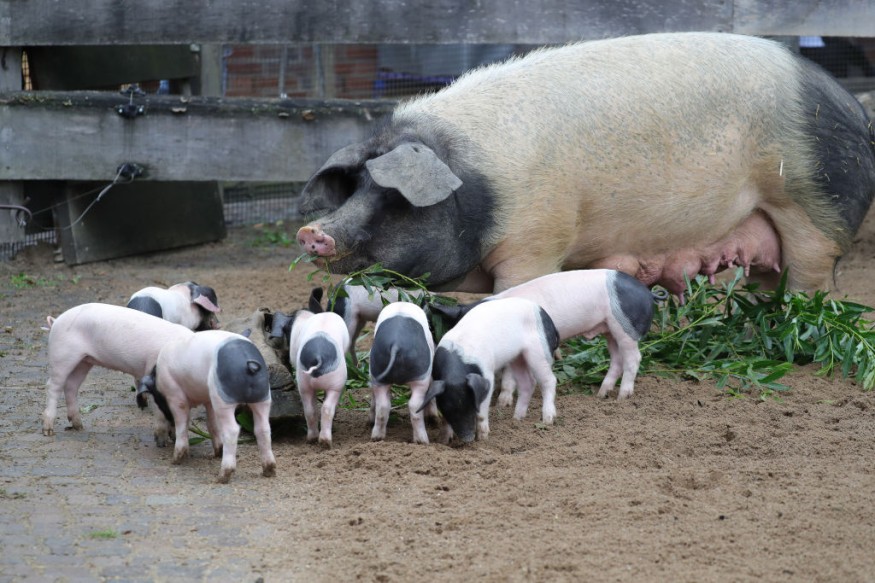According to recent research, pollution from hundreds of intensive pig farms may have had a larger impact on the collapse of one of Europe's largest saltwater lagoons than previously acknowledged.

After dozens of dead fish began washing up on the shores of the Mar Menor lagoon in August, residents in Spain's south-eastern province of Murcia raised the alarm. Within days, more than five tonnes of decaying carcasses littered beaches once a popular tourist attraction.
Polluted Waters
For days, images of the lagoon's murky waters and complaints about its terrible odor dominated media coverage across Spain, as experts blamed decades of nitrate-laden runoffs for creating massive algal blooms that had drained the water of oxygen, thus drowning the fish.
Lighthouse Reports and reporters from elDiario.es and La Marea conducted a four-month investigation into how extensive hog farming may have led to one of Spain's greatest environmental disasters in recent years.
Related Article : 8 Million People May Lose Access to Clean Water as Rotting Ship Worsens Oil Spill in Red Sea
Dead Fishes

As dead fish washed up on the beaches of Mar Menor this summer, the regional administration restricted the use of fertilizers within 1.5 kilometers (0.9 miles) of the lagoon, implying that the cause of the issue was primarily the vast stretch of agricultural fields that bordered the lagoon. After that, however, the central government took a more direct approach, charging local officials of inadequate control regarding field irrigation.
However, none addressed the pig farms grown in the Mar Menor drainage basin during the last decade.
According to a report released by Spain's environment ministry in 2019, these pig farms, which had over 800,000 pigs at the time, were responsible for 17 percent of nitrogen in the Mar Menor aquifer.
Gross Evidence
According to drone photos and satellite footage obtained in September by reporters working on the new investigation, pig excrement looked to be flowing out of slurry ponds, deposited on surrounding land, or kept in huge pits in the ground.
Pig Excrement in Water

The conclusions of the inquiry are similar to those of the Environment Ministry's 2019 report. According to the research, during visits to 10% of the slurry pits in the Mar Menor basin, more than 90% were found to violate rules requiring pig waste to be kept in covered waterproof ponds.
"Serious flaws have been discovered in the systems for storing animal waste... The waterproofing is practically non-existent, enabling garbage to flow directly into the earth and contaminating the aquifer," the report continued.
Interporc Spain, which represents the white pig business in Spain - a breed commonly employed in intensive farming - claimed the industry has been making "huge efforts" to safeguard the environment for years. "Over 90% of pig slurry is reused in Spain to replace fertilizers, but it can also be processed and converted into electrical energy," it added in a written statement.
For similar news, don't forget to follow Nature World News!
© 2026 NatureWorldNews.com All rights reserved. Do not reproduce without permission.





